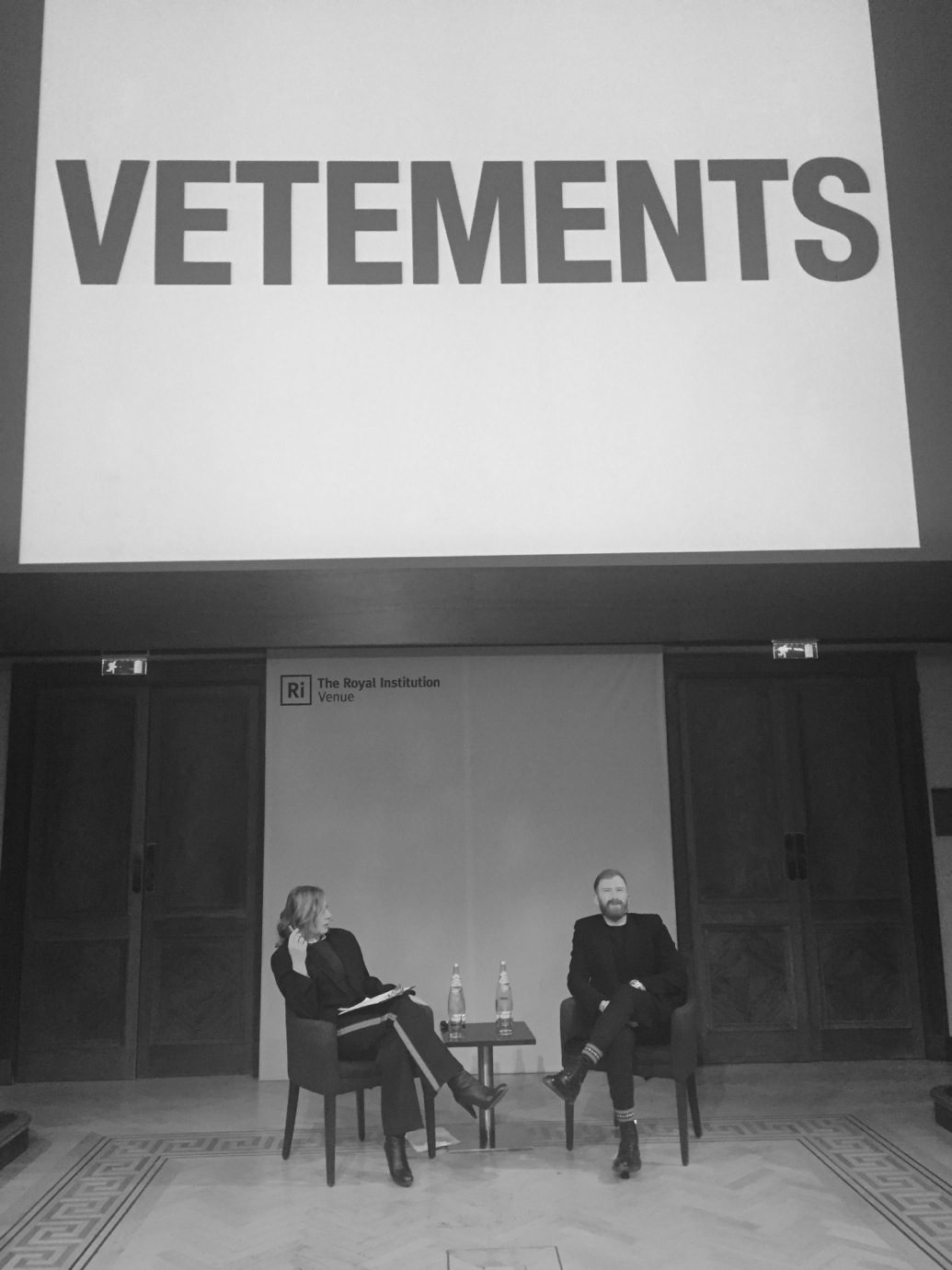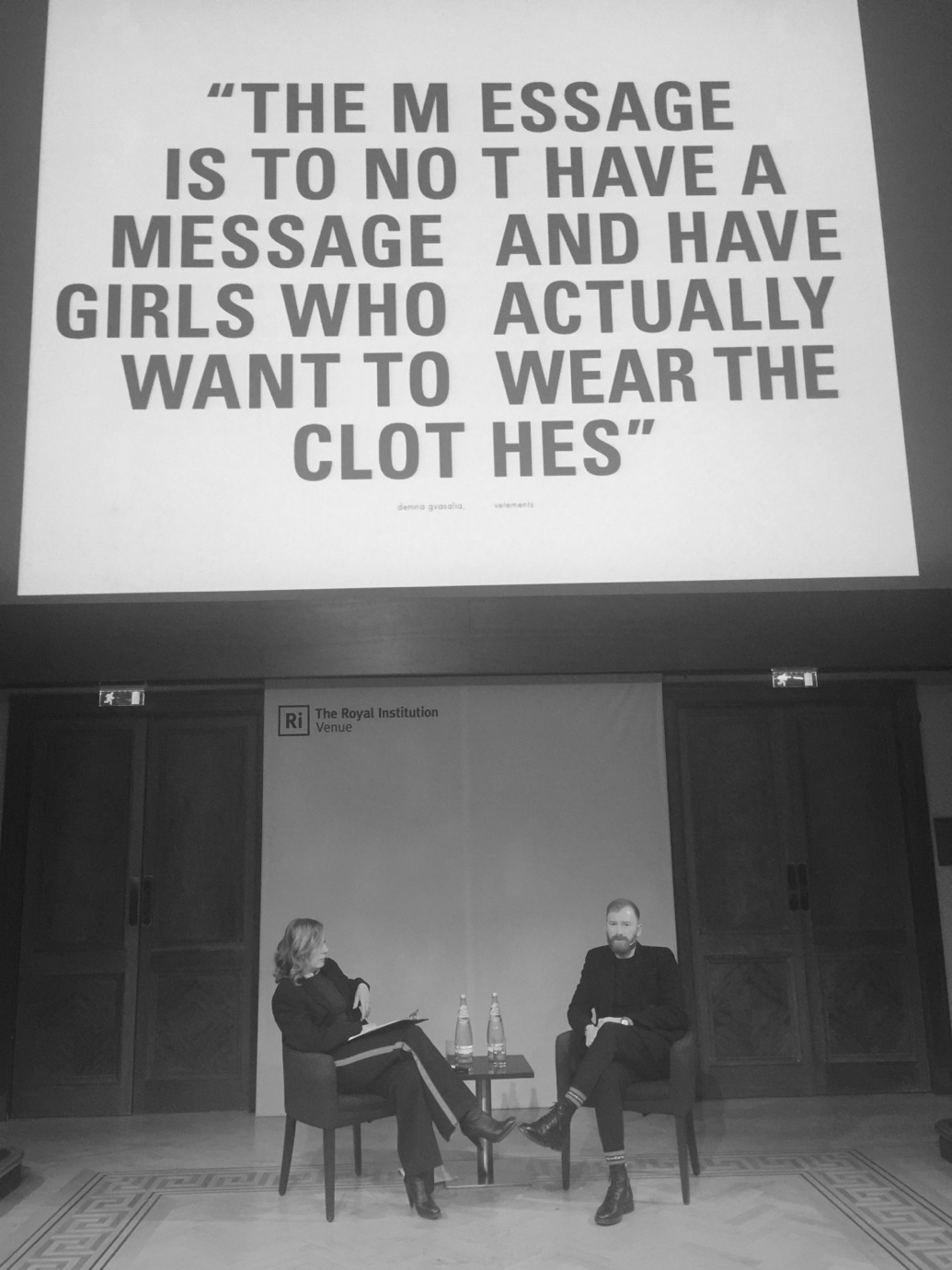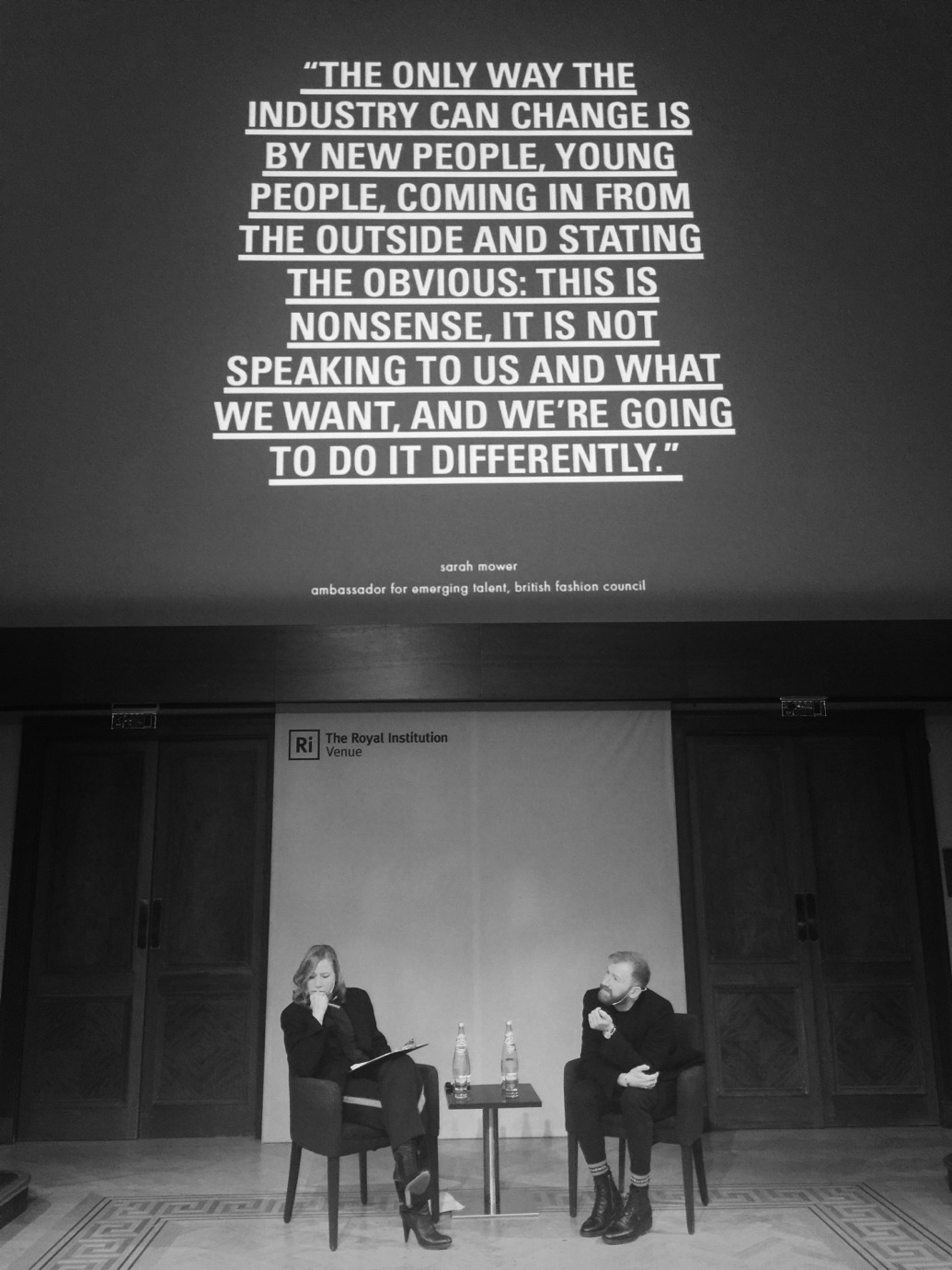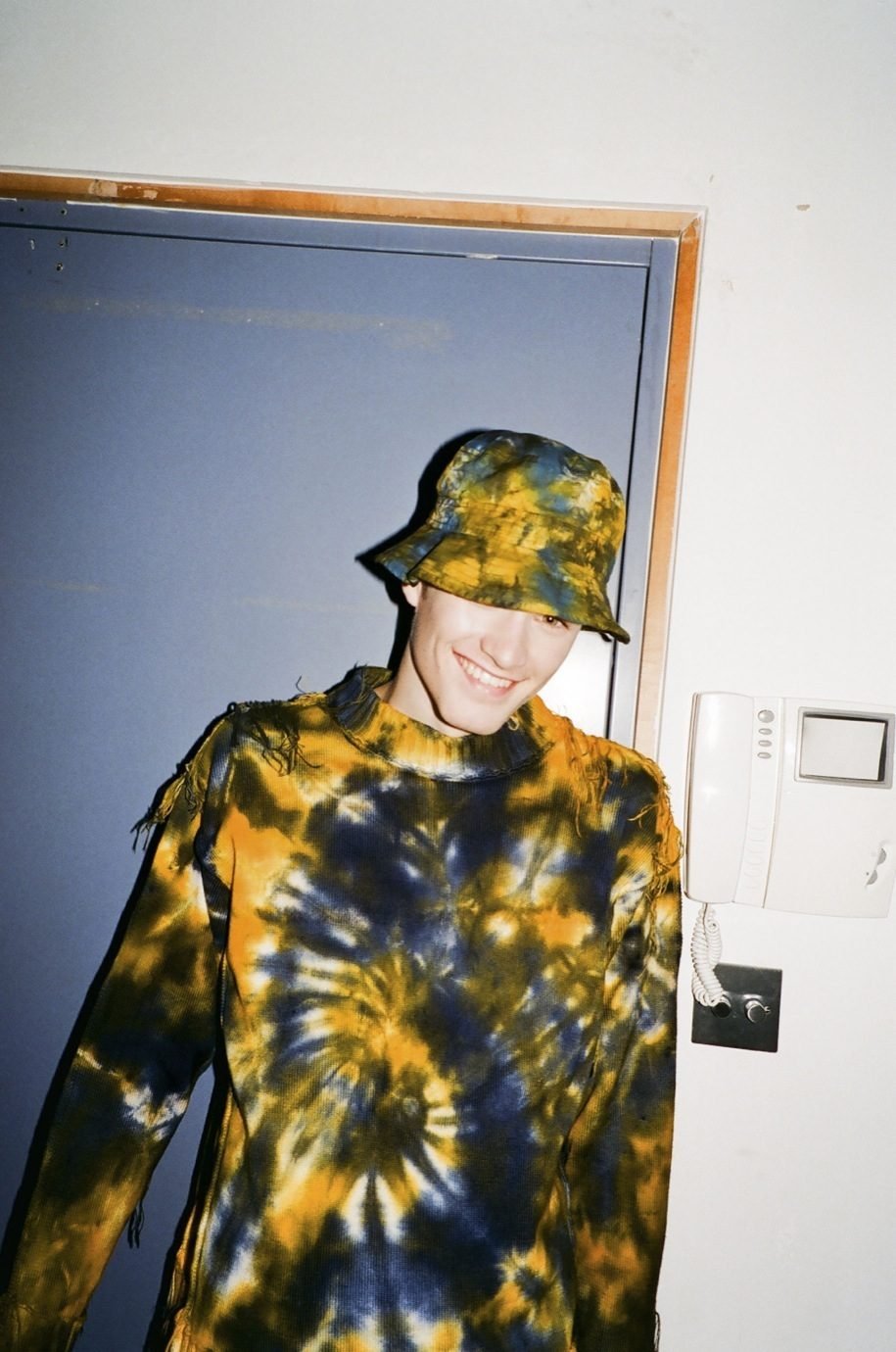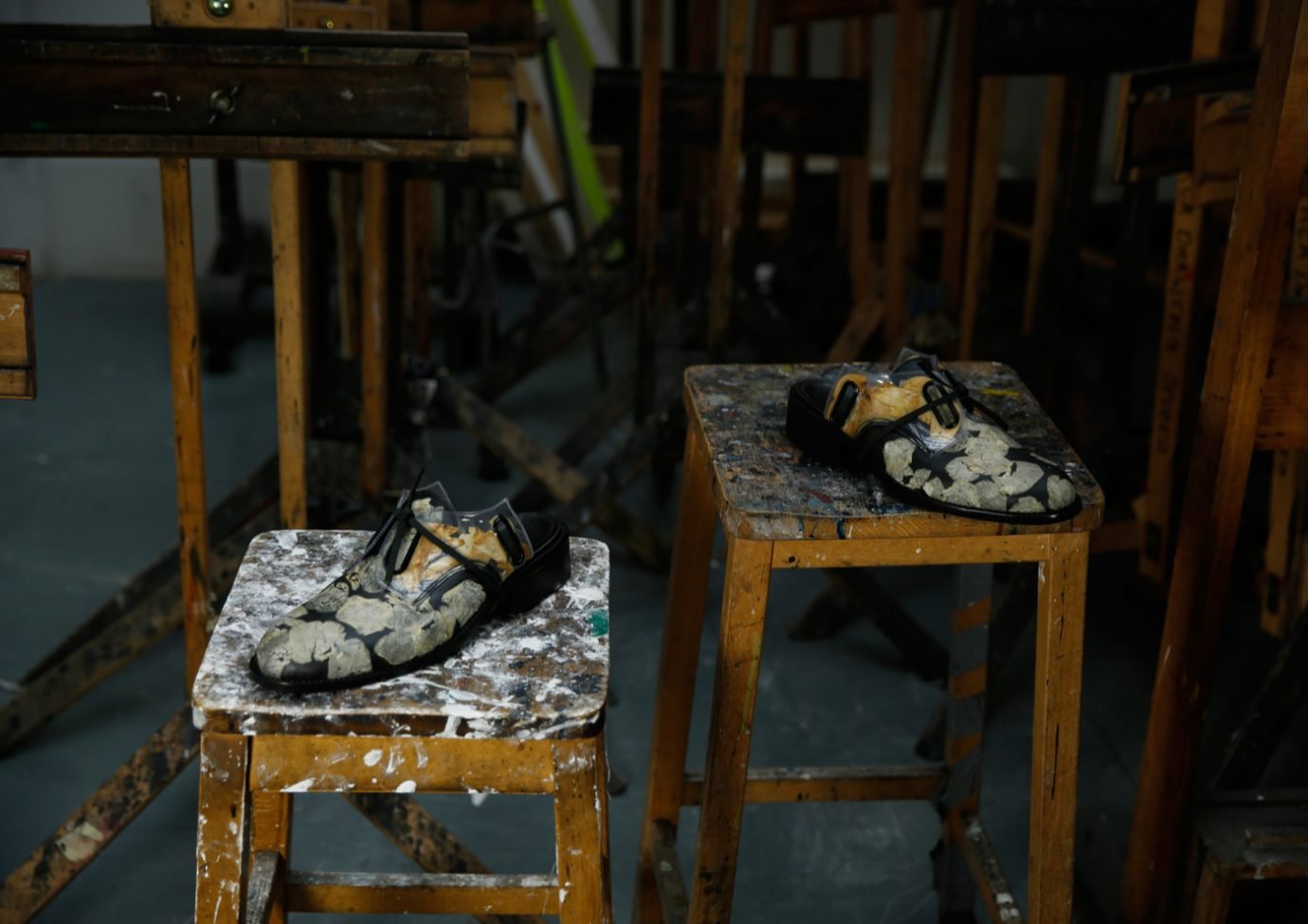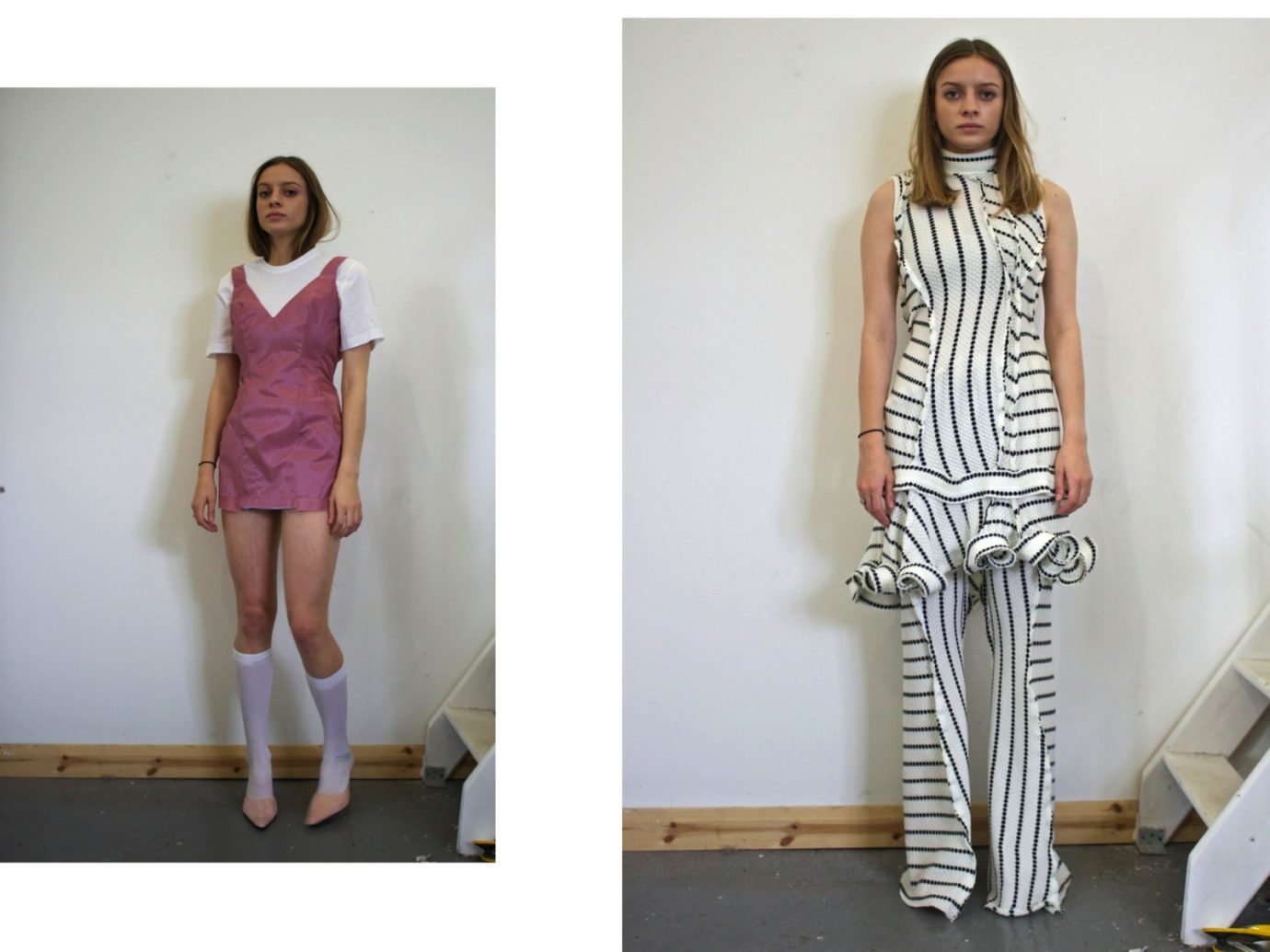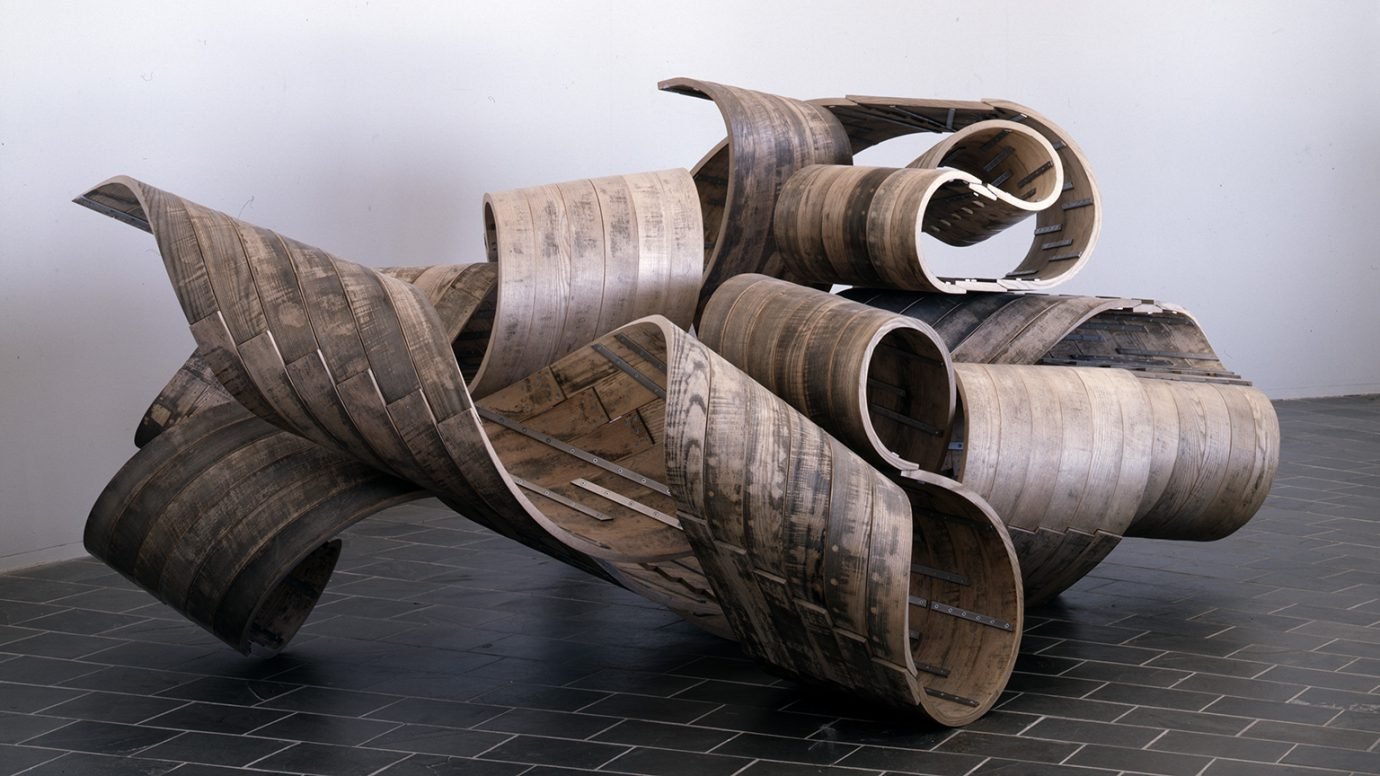4 – YOU MUST BE SELECTIVE IN ORDER TO GROW SUSTAINABLY
“It’s very important that once you start growing, you slow down the process of the growth. And you try to stay on a certain level. For us, we had a lot of men buying the clothes from the womenswear collection. It is also figuring out and understanding how many of those men are going down [to the shop] to buy menswear. Are they still going to buy women’s? The sales for women’s was insane last season. We delivered in the beginning of February and the sell-through has been between 70 and 80%. It is very high for industry standards. Then, the stores come and they want to give you a bigger budget, and you get a little bit afraid that you are selling too much. So basically, we reduced the men’s and just limited the amount of stores that can buy it. We put caps on women’s orders; for example, stores cannot buy more than ten pairs of jeans and Italian stores are not allowed to buy more than four pieces of jersey in one style. In November, Barney’s asked us what the minimum for the order was. And I said: there’s no minimum, but there’s a maximum. And they said that no one ever speaks about maximum.”
5 – THE PRE-COLLECTION CALENDAR IS FAR MORE EFFECTIVE FOR SMALLER LABELS
“70 to 80% of the stores’ budgets are the pre-collections. One of the reasons for that, is that the delivery calendar is much better. On one hand, you have stores that make so much money on pre-collections, and on the other, you have designers who don’t care about the pre-collections and they are forced to do them. The designers care about the main collections, but the buyers are interested in the pre-collection. A lot of money is invested in the show, and it is only 20% of a store’s budget. When you show the main collection in Paris, the best case scenario is that you can deliver in July. Today, it is very difficult to get stock fabric. So you need to order fabrics, and it can take up to eight and twelve weeks to get them, depending on the fabric. If you order Japanese fabrics that are very complicated, you need to ship them, and they need to go through customs. It costs extra time and money. Then you have production, which is at least two months. Then you have Italian people [laughs]. By the end of July, you don’t get your delivery. August is their summer break. They start shipping your product in September. By the time they get to your warehouse – and if you ship it outside of the EU – you need customs papers that take at least two days to fill out. You send it to the department stores and they take two weeks to put it on their shelves. Your product ends up on the shelf in October. And then there’s Thanksgiving and Black Friday. The best case scenario is eight weeks. Then you show your pre-collections in January. You have six months in comparison to two months. You have four months of competitive advantage and you have four months to be longer on the shelves. So your product’s expiration date has been moved, and you have better chances of getting sale numbers.”
6 – THE REASON WHY VETEMENTS ISN’T CHEAP
“There are a few reasons. One is that we work with amazing factories. These factories are not cheap. Another thing is the fabric. For example, the hoodies Demna likes to use molton cotton that is very heavy. It is almost 480g compared to the usual 240g. The price of creating this heavy cotton is double the price of creating a regular one. For the normal ones you can go up to 1.5m, but for the oversized pieces it can go up to 3 or 4.5m of fabric. It all comes together with the shipping costs. It is nicer when people save up. They can buy this one piece that they cherish for a longer time, rather than spending money on clothes every week that they throw away afterwards. The whole idea is to limit the production, having less pieces and making sure that people who buy these pieces can cherish it for a longer time. It’s moving away from this idea of fashion fashion, to this idea of slow fashion.”
7 – HAVE A CONNECTION TO YOUR WORK AND TREAT YOUR LABEL LIKE FAMILY
“People keep dividing their private life from their work life. But when you think about it, if you get about eight hours of sleep a day, a third of your life you’re asleep. The other third of your life is your work and the other third is for all other things. Your work life is such a big part of your life, that you cannot actually split it up. I never considered going to work as ‘going to work’, because it’s such a big part of what I do. For me, working in fashion is actually having fun. Sometimes, we just need to relax and take it more easily and realise that in this industry, you need to have fun. This industry is also missing honesty and kindness. I consider Vetements as a living being. It has its own circle of life, and all the people who are a part of it: their lives overlap. The brand is much more than just design. The brand is about the people who are involved. It is very difficult for us – because we grew exceptionally quick – to put new people in. The people that we have are like family and it needs to be nurtured.”

